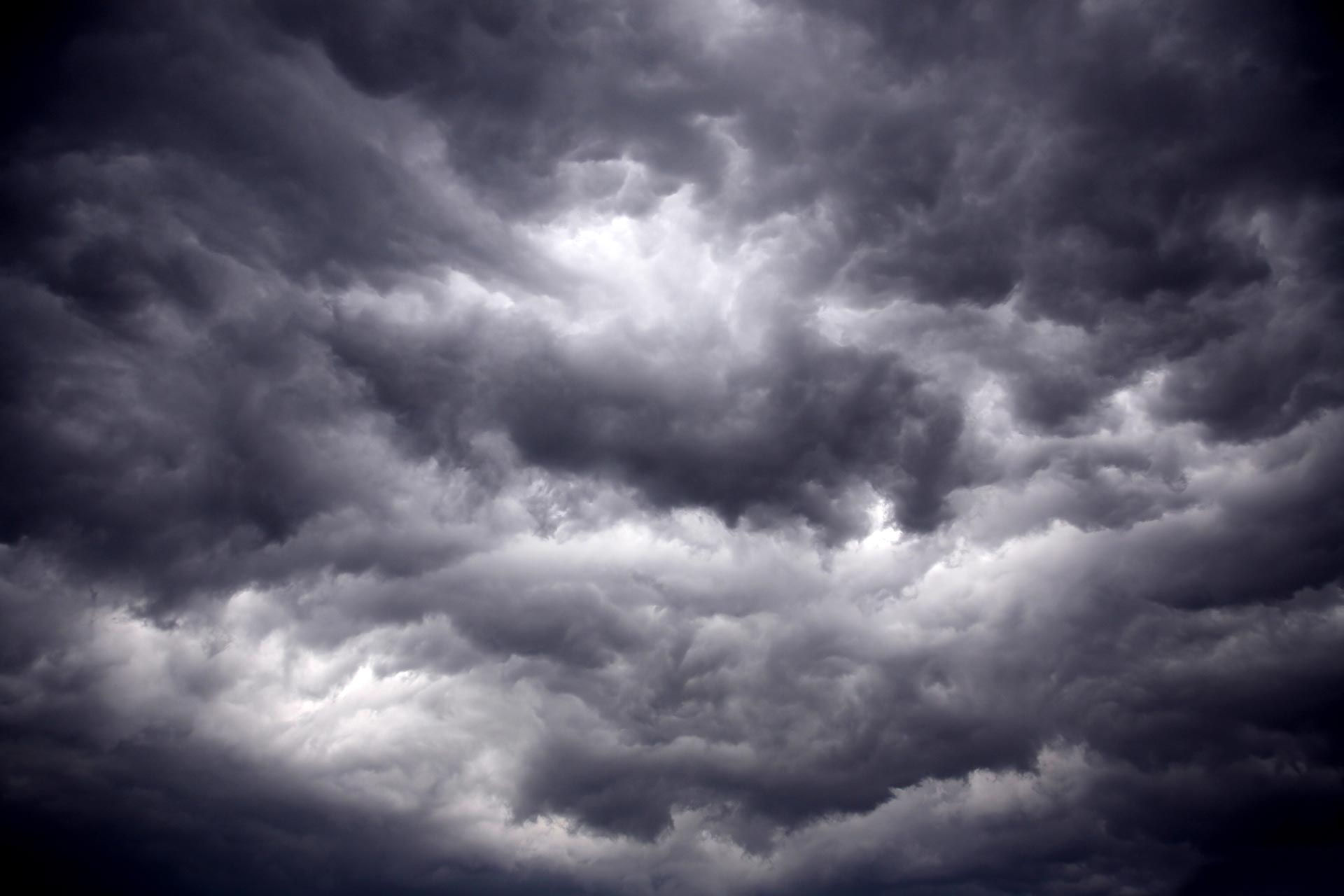SWITCHING GEARS...
- terryswails1
- Jun 13
- 4 min read
We started this week off with a pleasant brand of weather that featured temperatures in the 70s and humidity levels that were low by June standards. This deep trough over the Great Lakes Monday produced the NW flow at 500mb that delivered the fresh air.

According to the GFS and a number of models, the future will be substantially different. This is the 500mb jet stream structure that is indicated 10 days from now, June 23rd. If you follow the clockwise contours of the heights, they run from NC Texas and Oklahoma right into eastern Iowa. If indeed that happens, the pipeline that delivers heat and above normal temperatures is aimed right at the Midwest.

In fact, these are the temperature departures that are shown around that time frame. Many places where you see the deeper shades of red are 12–24 degrees above normal in a band covering much of the central U.S.

That should allow us to build on the warmth we've already encountered the past couple of days. As it stands now, the Climate Prediction Center has already issued a slight risk outlook for extreme heat that covers much of the nations' heartland during the period June 20-22nd.

CPC also shows odds are at 60-70 percent for above normal temperatures during the period June 20-26th.

Before that stretch of heat even arrives, the NWS shows a moderate level 2 to major level 3 heat risk Tuesday June 17th. The NWS HeatRisk is an experimental color based index that provides a forecast of heat related impacts over a 24-hour period. The risk takes into account:
How unusual the heat is for that time of year
The duration of the heat, including both daytime and nightime temperatures
If those temperatures pose an elevated risk of heat related impacts based on data from CPC.
Moderate heat, which is depicted widespread Tuesday, generally has minimal impacts, except to those who are sensitive to it or that don't have adequate cooling or hydration.
Major heat, which might show up in a few isolated spots Tuesday, effects everyone without adequate cooling or hydration. It needs to be respected.

Meanwhile, the warm and progressively humid air mass we are in produced isolated showers and storms Thursday afternoon. Coverage was minimal and most areas remained dry. Previous to Thursday, storms that fell Wednesday and Wednesday night produced some good rains in northern Iowa. As expected, most of them missed my area, with the heaviest north of HWY 20.

COME AND GET THE DEALS AT MY GALENA AIRBNB
My 5-STAR AIRBNB just outside of Galena still has some openings this summer. All of our ratings are 5 star! We take pride in the amenities and the cleanliness. If you book now, we'll take off $200, and we can eliminate AIRBNB fees and additional costs that will save you big bucks. Other discounts apply. Call or text Carolyn at 563-676-3320 for our best deal of summer. See more at https://www.littlewhitechurchgalena.com/
FATHER'S DAY WEEKEND...
The weekend, Friday through Father's Day, shows a rather stagnant pattern over the region with a diffuse front washing out over the region. With little overall change in the air mass, weekend highs should all be in the 80s with a range of 80-84 Friday that increases to 85-90 Saturday and Sunday. Dew points in the low 60s won't make it overly muggy through Saturday, but it will a bit uncomfortable. Sunday could be worse. The EURO has dew points nearing 70 in spots, which is where things get a bit spicy.
Available water vapor will range from 1.30 to 1.70 inches over the weekend. Combined with substantial heating, that will provide instability and the chance of some widely scattered showers and storms, mainly in the afternoon and evening. Anything that goes up could easily dump a quick inch of rain, but forcing is meager and coverage of storms is likely to be 30-40 percent at best. That means a lot of areas stay dry or end up with only minimal amounts of rain. There will be abundant rain free hours for outdoor work or play. Here's what the EURO and GFS show for rain totals Saturday and Sunday,
The EURO

The GFS

Next week we begin the challenge of determining where a building ridge sets up. The northern edge of its heat dome is a place to watch for active thunderstorm development and mesoscale convective systems. Currently, it appears that the upper Midwest, from northern Iowa to Minnesota and Wisconsin, are most prone to storms and potentially heavy rains. Further south is where the heat resides, with limited storm development due to warm temperatures aloft and CAPPING issues. The latest runs of the EURO and GFS show this for total rainfall the next 2 weeks. My northern counties seem to be situated on the southern edge of the heavier rain swath.
The EURO

The GFS

That's the long and short of it for a Friday as we switch gears to summer. Have a sensational weekend and roll weather...TS














Comments